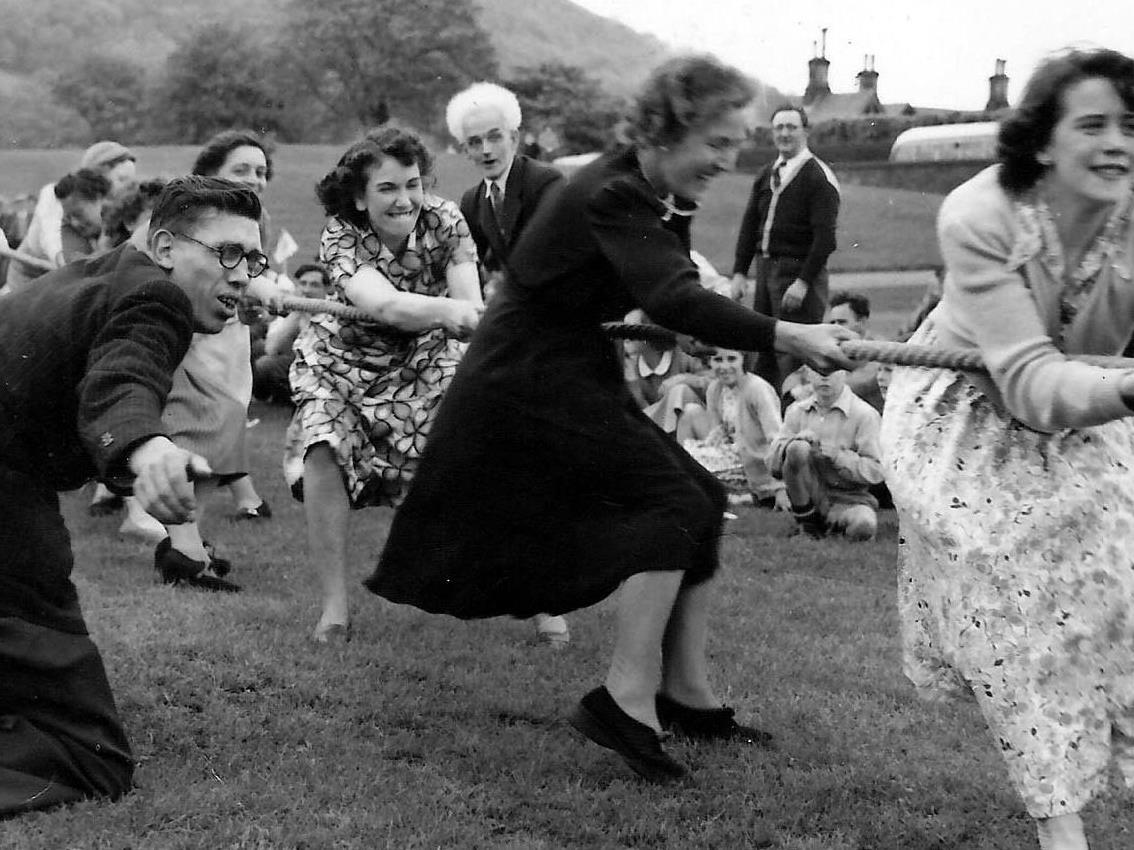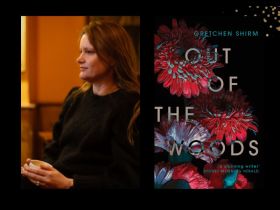Pulling together
Every so often someone will publically proclaim the need for a unified voice for the arts. Politicians say they want things to be kept simple and it is self evident that there is great value in unity of purpose in the arts community, especially amongst the several organisations which act as advocates and a liaison point between their constituencies, key decision makers and the media.
There is a history of attempts to achieve this unity of voice. During the 1990s a group called Arts Action (with Mary Travers its Executive Director) sent an annual delegation to Canberra to call for national arts policy and support. In 1990 it staged the first ever Arts Advocacy Day to raise the profile of the arts on the political agenda and subsequently held a conference in 1992, and continued to hold public meetings and produce discussion papers. Speaking in February 1990 at the Sydney Opera House on behalf of Arts Action, Justice Michael Kirby launched a National Agenda for the Arts. He said,’The real gold, gold, gold of Australia is the treasure-house of its arts and culture. We must defend them, support them and nurture them.’ He also proposed giving politicians an arts rating to present to the ‘undecided voters’ at the March national election that year.
At this time a national speaking tour by Simon Mundy, director of the National Campaign for the Arts in Britain led to the establishment of arts Industry councils in every state with the aim to join together as one voice. This was achieved in March 1992 with the formation of the National Campaign for the Arts Australia (NCAA) modeled on the UK version, and assisted by funding from the Australia Council. It had a membership of both organisations and individuals and two Development Officers were appointed.
Part of its work was co-ordinating the arts sector’s call for a national forward vision. This was heard by the Federal Government and in 1994, Prime Minister Paul Keating launched ‘Creative Nation’, Australia’s first ever national cultural policy. It had some significant affects at the time. Nineteen years later its successor, ‘Creative Australia’ provided a similar guide as to how Australian cultural development could be fostered effectively.
Sadly, funding for the NCAA came to an end in mid 1997. However, in 1998 the Australia Council paid the Australian Institute of Arts Management to research a national networking and advocacy model for a peak of arts peaks. Their recommendations were largely ignored and instead, the Council paid to bring its funded national organisational clients together a couple of times a year to be advised on governance and business planning and for the Council to pass on its own policy and programming plans as a means to see these supported and disseminated through the organisations’ networks.
When this form of in-kind support stopped, responsibility was then taken on by the organisations themselves to create a federated organisation to represent the entire industry.
ArtsPeak continues to the present. Currently it has about 30 members who come together roughly twice a year developing unified policy positions and holding meetings with Arts Ministers and/or their adviser and with senior staff members of the arts department and Australia Council to discuss top of mind issues for the sector as a whole. ArtsPeak members have grown to know one another’s business and have built an environment of trust which has continued through changes of leadership both of the organisations themselves and amongst national key decision makers.
While it lobbies for priority policy positions that are decided by consensus, this does not prevent ArtsPeak’s member organisations from independently promoting their own agendas. It is inevitable that there are occasions when the members are in competition with one another for scarce resources. However, they are able to cohere in support of strongly agreed overall objectives.
The next meeting to be held in Sydney on 27 February is the first since the change of federal government and the Australia Council restructure. That means there will be some discussion about what these changes are likely to deliver at least for the next three years. Currently there is a great deal of shared concern over the contraction of arts funding in some states (especially in Queensland). In particular, this is eroding the health and viability of the small to medium arts organisations, including the peak service organisations which are the support structures for sector research and advocacy, artist career development support and essential contributors the health of the whole arts ecology.
The sustainability of Australian arts is a very real challenge. To achieve a really strong and unified voice for the arts needs organisation as well as the good will and co-operation of the sector. Reliance on the co-ordination efforts of one or two volunteers who also have responsibility for management of their own cash- and time-poor organisations does not produce optimal results. Australian cultural development should be fostered through a partnership between the arts sector and its political masters. ArtsPeak could be the conduit but its efficacy would be greatly enhanced by being provided with some reasonable resources to ensure that it can effectively pool its wisdom to be the unified voice for Australian arts.





